Zaph|Audio
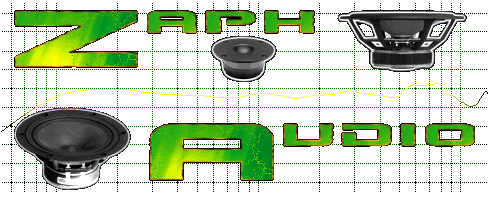
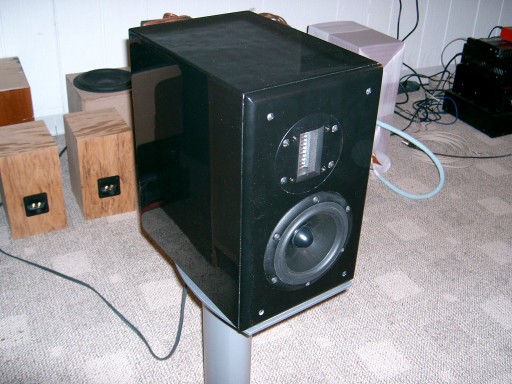
Greg Givler's GR M130 / Fountek JP3
Introduction
This design was presented at the 2004 DIY get together at Paul Hilgeman's house in Chicago. There was a broad consensus that it sounded excellent. Here at Zaph|Audio, in the testing department, ribbons are not exactly well represented. This made me even more interested in Greg's project.
I recall naming that Fountek as one of the best tweeters at the group. Make no mistake, that *is* inconsistent with the test results shown on this web site, and it's something that had me wondering a little bit. On the other hand, I've heard ribbon systems that sounded like my measurements would suggest. A good designer works around driver deficiencies, and that may be the case with the M130/Fountek design. It was probably a mistake for me to declare the tweeter as the reason the system sounded good when it was actually just good system design. This system probably represents a good way to get the most out of ribbons.
Design details
The crossover point is 2900 hz, with true 2nd order acoustic slopes.
The enclosures are Parts Express of .5 cubic foot tuned to 45hz. Seems a little large for the M130, but Greg was going for a deeper tuning. The enclosure design works, and the speakers do seem to have a bit more clean extension than other designs such as Dennis Murphy's MBOW1. The port is mounted behind the tweeter and is a 2" flared Precision Port.
One of Greg's driving factors in choosing the ribbon was that the acoustic center is back a ways, making the vertical polar close to flat on horizontal axis. The surface mount M130 helps tilt the response lobe up even further, effectively solving one of the common and difficult issues with 2nd order designs.
The ribbon is countersunk flush mounted, and the woofer is surface mounted by design.
Behind a good ribbon design
First, mating the ribbon with an efficient paper woofer that has an extended top end response was the first step in the right direction. The GR M130 is a good wide band performer at a reasonable price. Distortion is relatively low, at least by the standards of woofers in this price range.
Second, the high crossover point on the JP3 keeps it's distortion below the radar. The woofer handles part of the frequency range that is normally tweeter territory.
Third, and this may not be quite as obvious: the 2nd order LR slopes reduce the distortion in the tweeter just above the crossover point. 2nd order slopes start their rolloff earlier compared to 4th order. As a result, there is comparatively less output from the tweeter in the octave just above Fc, and less output means lower distortion in that range. Now, careful with the statement "2nd order LR slopes reduce the distortion." It's only true if the crossover point is high enough, and it depends completely on the distortion profile of the tweeter. It's true in this design.
Finally, 2nd order sounds better and has a smoother power response. This of course assumes that none of the many common barriers to 2nd order operation present an issue. Good 2nd order designs are not common, and in this design it's the woofer that makes it possible. Trying to use 2nd order too low on a tweeter may impose distortion and power handling penalties. 2900hz is not too low with the Fountek ribbon.
In summary, it all adds up to a great sounding design, and so we present it here on Zaph|Audio. The design images are below.
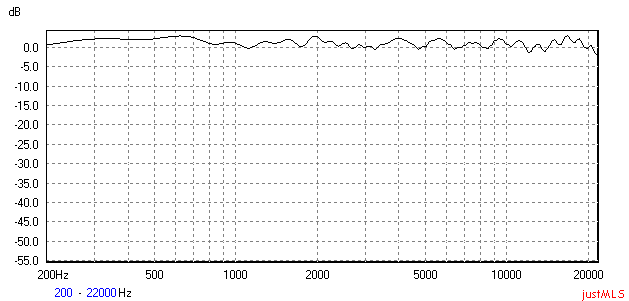
Overall On-Axis Response Curve

Tweeter Response Curve

Tweeter Schematic
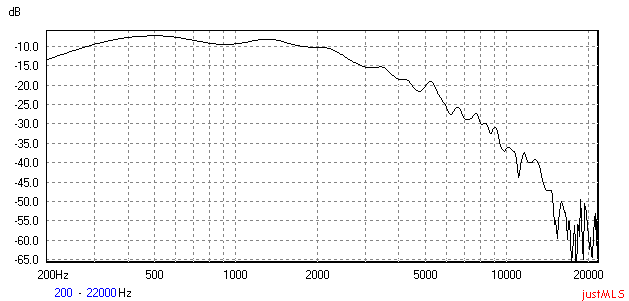
Woofer Response Curve
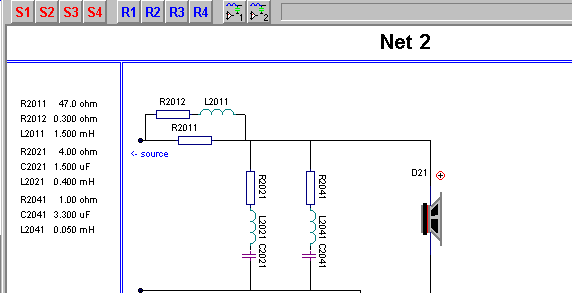
Woofer Schematic
Enjoy!
Page done by John "Zaph" Krutke © 2005
Also visit -Zaph|Audio-